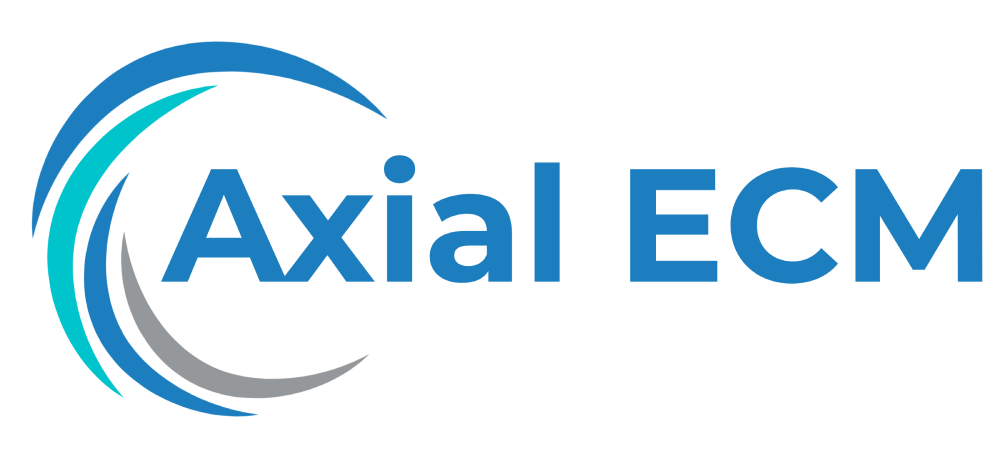ECM and Digital Transformation: How ECM plays a role in the broader context of digital transformation in businesses.
Transforming Customer Experiences with ECM in the Digital Age
In today’s fast-paced digital world, organizations are constantly striving to deliver exceptional customer experiences in order to stay competitive. To achieve this, businesses need to adopt modern technologies that enable them to streamline their operations, improve efficiency, and provide personalized services. Enterprise Content Management (ECM) is one such technology that plays a crucial role in transforming customer experiences.
What is ECM?
ECM, or Enterprise Content Management, is a comprehensive approach to managing the collection, organization, and delivery of information throughout an organization. It involves the strategies, methods, and tools that aid businesses in capturing, storing, accessing, and analyzing various types of content, such as documents, files, images, and videos.
ECM encompasses a range of technologies, including document management, records management, workflow automation, collaboration tools, and data analytics. By leveraging these capabilities, organizations can enhance their ability to capture, manage, and leverage information to improve their business processes and make better-informed decisions.
The Role of ECM in Digital Transformation
Digital transformation is the integration of digital technologies into all aspects of business operations, fundamentally changing how businesses operate and deliver value to their customers. ECM plays a pivotal role in digital transformation by digitizing and centralizing an organization’s content, making it easily accessible and actionable.
Here are some key ways ECM can transform customer experiences in the digital age:
1. Improved Efficiency and Productivity
ECM streamlines business processes by automating manual tasks and providing a centralized platform for managing content. This reduces the time and effort required to search for, retrieve, and share information, enabling employees to focus on more value-added activities. By improving efficiency and productivity, organizations can respond faster to customer needs and provide a superior customer experience.
2. Personalized Customer Interactions
ECM enables businesses to gather, organize, and analyze customer data, such as preferences, purchase history, and interactions across various channels. By gaining a holistic view of their customers, organizations can personalize their interactions, anticipate their needs, and deliver tailor-made experiences. This not only enhances customer satisfaction but also fosters long-term loyalty.
3. Seamless Omni-Channel Experiences
In today’s multi-channel world, customers expect a seamless experience across various touchpoints, whether it’s a website, mobile app, social media, or in-store. ECM enables businesses to deliver consistent and personalized experiences across all channels by centralizing their content and ensuring its consistency and accuracy. This helps businesses build stronger relationships with customers and differentiate themselves from competitors.
4. Enhanced Content Management and Compliance
ECM provides robust document management and records management capabilities, ensuring that businesses can efficiently store, organize, and retrieve content while adhering to regulatory requirements. This is particularly important in industries like healthcare, finance, and legal, where compliance and data security are critical. By maintaining accurate records and managing content effectively, businesses can mitigate risks and ensure data integrity.
Key Considerations for Implementing ECM
While the benefits of ECM are evident, organizations looking to implement ECM need to consider a few key factors:
1. Clear Goals and Objectives
Organizations should clearly define their objectives for implementing ECM, such as improving operational efficiency, enhancing customer experiences, or ensuring compliance. Having a clear roadmap will help guide the ECM implementation and ensure its alignment with business goals.
2. Seamless Integration with Existing Systems
ECM should seamlessly integrate with other business systems, such as CRM, ERP, or marketing automation platforms. This integration enables better data sharing and improves the overall efficiency of business processes.
3. User Adoption and Training
ECM implementation requires a change in people’s mindset and work processes. Organizations need to focus on user adoption and provide comprehensive training to employees to ensure a smooth transition and maximize the benefits of ECM.
4. Scalability and Future-Proofing
ECM solutions should have the scalability to accommodate growing business needs, as well as the flexibility to adapt to future technology advancements. Choosing a future-proof ECM platform ensures long-term investment protection and the ability to leverage emerging technologies.
In Conclusion
ECM plays a vital role in transforming customer experiences in the digital age. By streamlining business processes, personalizing customer interactions, enabling seamless omni-channel experiences, and ensuring content management and compliance, ECM empowers organizations to deliver exceptional customer experiences and stay ahead of the competition. Organizations looking to implement ECM should have clear goals, focus on seamless integration and user adoption, and choose scalable and future-proof solutions.
